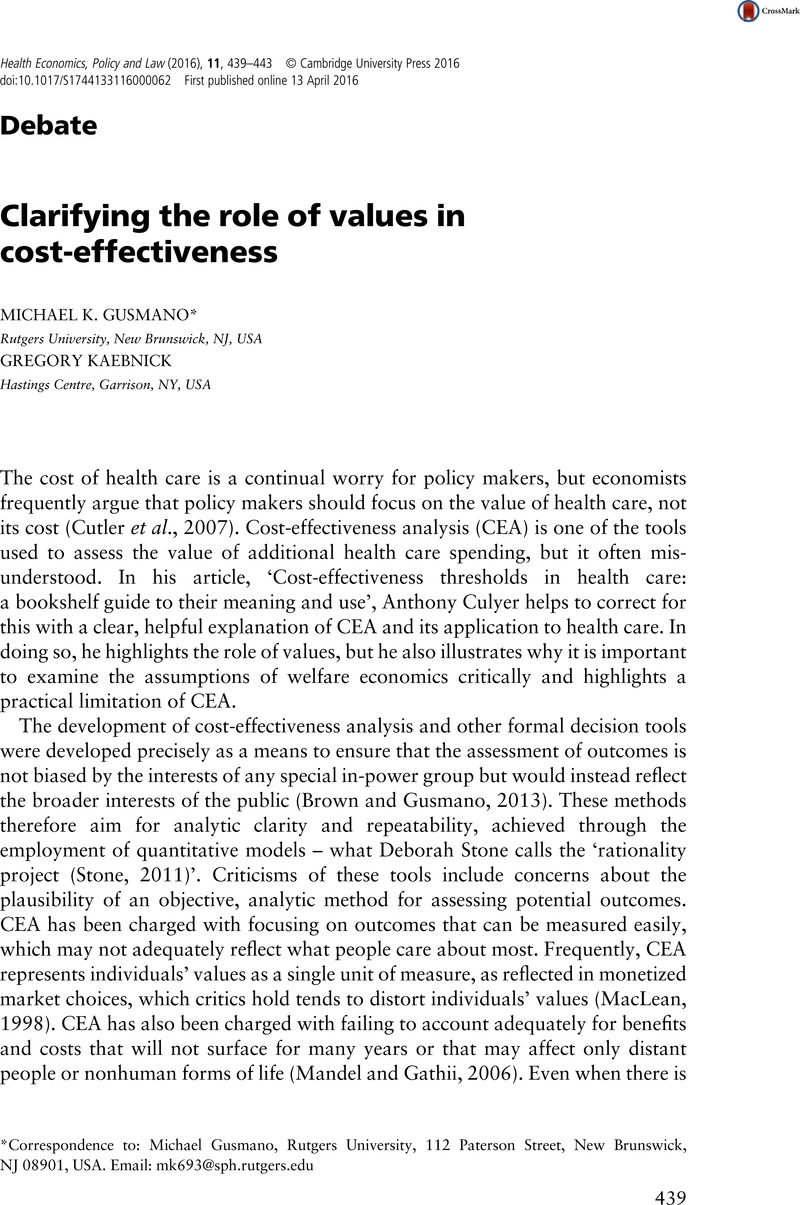Crossref Citations
This article has been cited by the following publications. This list is generated based on data provided by Crossref.
Canolle, Fabien
Antonić, Darijana
Nova, António Casa
Goncharuk, Anatoliy
Melo, Paulo
Raposo, Vítor
and
Vinot, Didier
2022.
Intelligent Systems for Sustainable Person-Centered Healthcare.
Vol. 205,
Issue. ,
p.
91.




